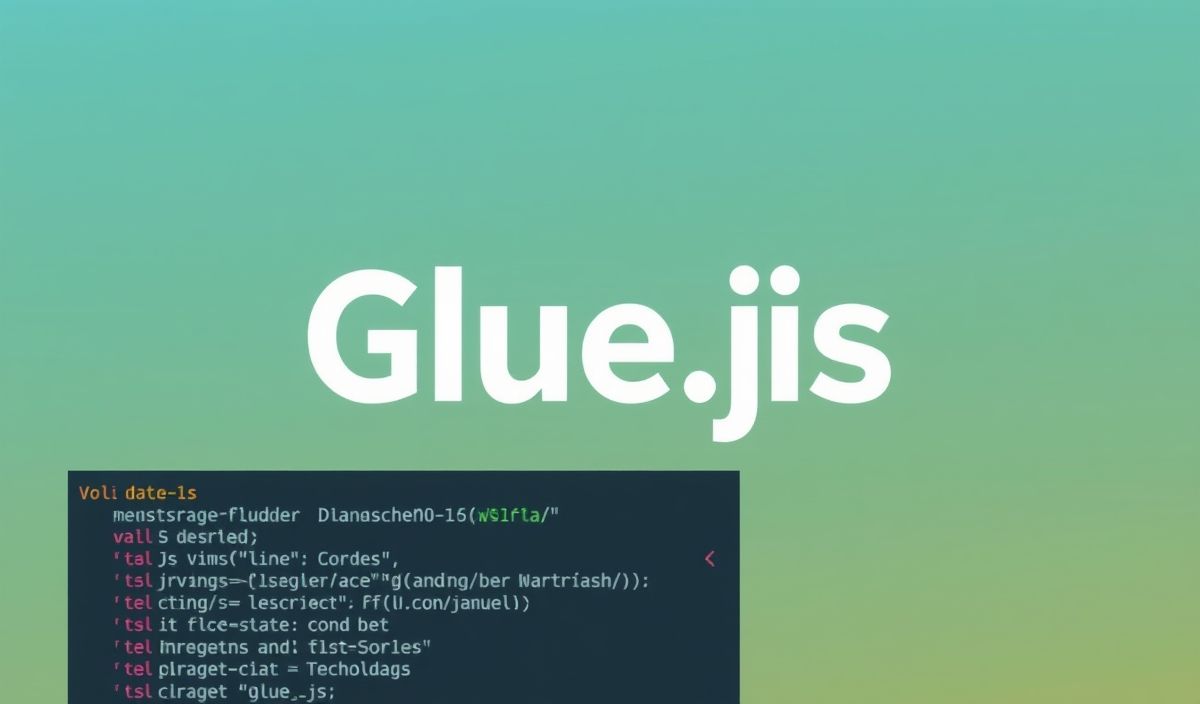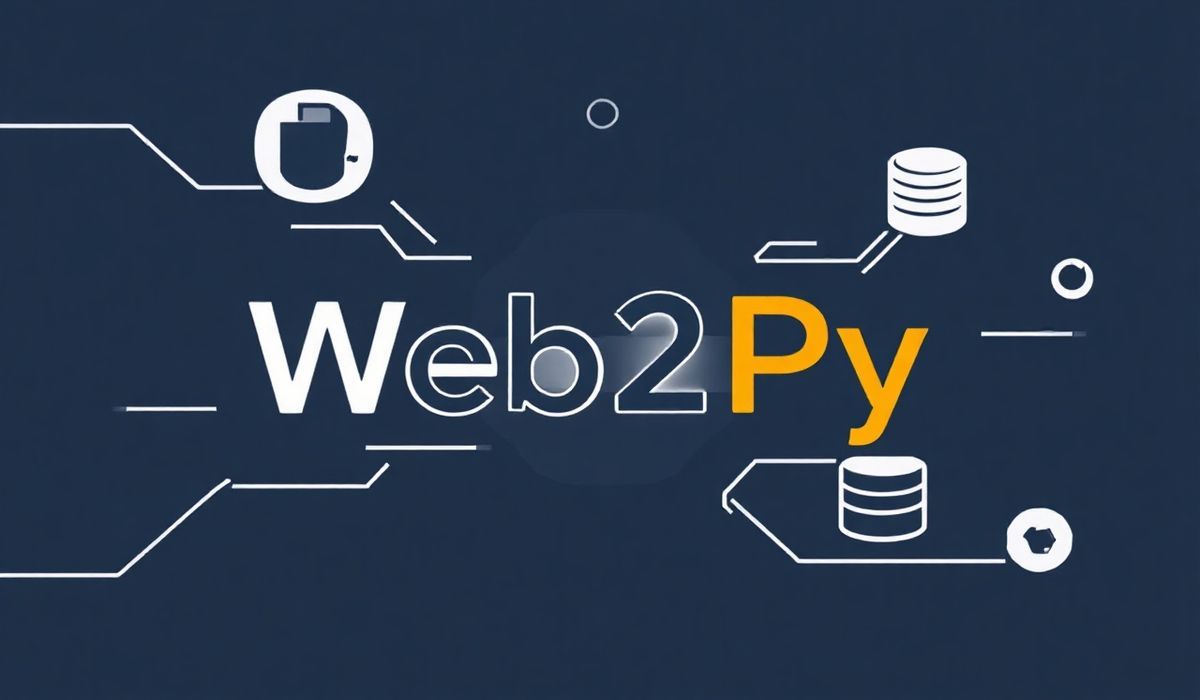Introduction to gluejs
Gluejs is a powerful JavaScript library that enables developers to bind, manipulate, and synchronize data seamlessly with their user interface. It simplifies the process of managing state and updating the DOM, making it an essential tool for modern web development.
Powerful gluejs API Examples
1. Initializing gluejs
To get started with gluejs, you need to initialize it with a set of data. Here’s how you can do it:
const glue = new Glue({
name: 'John Doe',
age: 30
});
2. Data Binding
One of the core features of gluejs is data binding. You can bind data to HTML elements effortlessly:
const nameInput = document.querySelector('#name');
glue.bind(nameInput, 'name');
3. Watching Data Changes
Gluejs allows you to watch for changes in data and execute functions accordingly:
glue.watch('age', (newValue, oldValue) => {
console.log(`Age changed from ${oldValue} to ${newValue}`);
});
4. Two-Way Data Binding
With gluejs, you can implement two-way data binding with ease:
const ageInput = document.querySelector('#age');
glue.bind(ageInput, 'age');
ageInput.addEventListener('input', () => {
glue.set('age', ageInput.value);
});
5. Nested Data Structures
Gluejs supports nested data structures and allows you to manipulate them:
const user = new Glue({
profile: {
username: 'johndoe',
email: 'johndoe@example.com'
}
});
user.bind(document.querySelector('#username'), 'profile.username');
Practical Application of gluejs
Let’s create a small app example using the introduced APIs. This app will have a form where users can update their profile information, and it will reflect the changes dynamically.
<!DOCTYPE html>
<html lang="en">
<head>
<meta charset="UTF-8">
<meta name="viewport" content="width=device-width, initial-scale=1.0">
<title>Gluejs Example</title>
</head>
<body>
<div id="app">
<h2>User Profile</h2>
<form>
<label>
Name:
<input type="text" id="name" />
</label>
<br/>
<label>
Age:
<input type="number" id="age" />
</label>
<br/>
<label>
Username:
<input type="text" id="username" />
</label>
</form>
</div>
<script>
const userData = new Glue({
name: 'Jane Doe',
age: 25,
profile: {
username: 'janedoe'
}
});
userData.bind(document.querySelector('#name'), 'name');
userData.bind(document.querySelector('#age'), 'age');
userData.bind(document.querySelector('#username'), 'profile.username');
document.querySelector('#name').addEventListener('input', (e) => {
userData.set('name', e.target.value);
});
document.querySelector('#age').addEventListener('input', (e) => {
userData.set('age', e.target.value);
});
document.querySelector('#username').addEventListener('input', (e) => {
userData.set(['profile', 'username'], e.target.value);
});
</script>
</body>
</html>
This example demonstrates how easy it is to bind and sync data between the form inputs and your JavaScript code using gluejs.
Explore more about gluejs and make your web development experience more efficient and enjoyable.
Hash: f3e966665c0da133b38127e0a20ba6e1633b1269868a196ef64517afa07d593f




